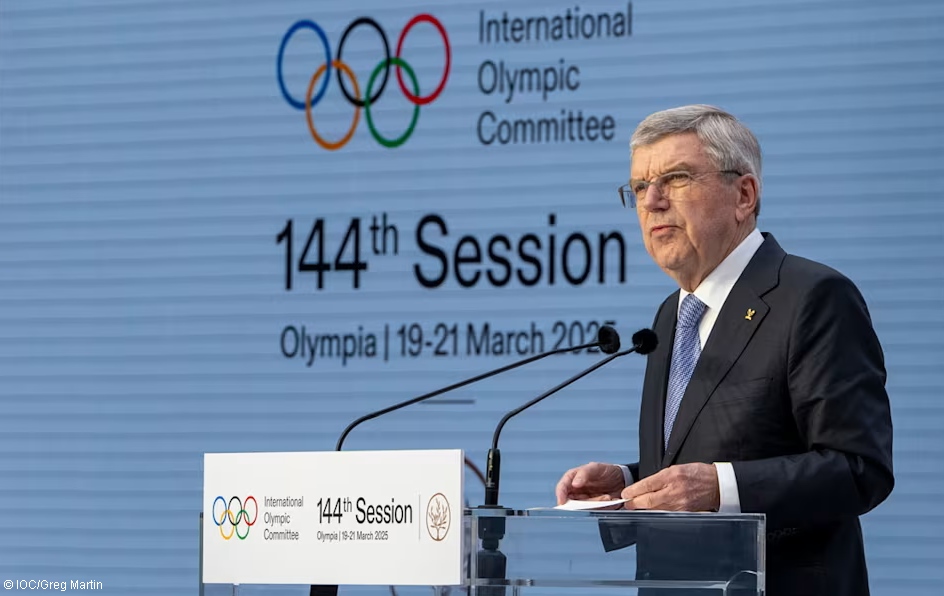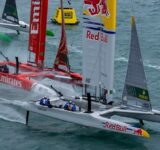IOC President Thomas Bach opened the 144th IOC Session in the International Olympic Academy, located next to the site of ancient Olympia in Greece where the Olympic Games were born almost 3,000 years ago.
Thomas Bach is stepping down in June after 12 years in command and around 100 IOC members will elect a new president to lead the Olympic Games through an era of digital transformation, political tasks, and increasing environmental concerns.
Seven candidates will compete in the election for the presidency of the International Olympic Committee.
The presidential candidates are:
- H.R.H. Prince Feisal Al Hussein of Jordan
- David Lappartient, president of the International Cycling Union (UCI)
- Johan Eliasch, chairman of the International Ski and Snowboard Federation (FIS)
- Juan Antonio Samaranch Jr, IOC Vice President
- Kirsty Coventry, multiple Olympic medallist and Zimbabwe’s Minister of Sport
- Lord Sebastian Coe, Olympic champion andhead of World Athletics
- Morinari Watanabe, head of the International Gymnastics Federation (FIG)

The IOC election process mirrors that of the Vatican’s papal conclave, but without the dramatic smoke signals.
IOC members meet in a closed process, without mobile phones and confidentiality is absolute.
Voting takes place in a series of confidential successive voting rounds until one of the candidates achieves an absolute majority. If no consensus is reached in a round, the candidate with the least support is eliminated and the process continues the successor is chosen.
In the event of a tie after six rounds the outgoing president, Thomas Bach, could be called upon to cast the deciding vote.
This system has never gone beyond the second round in recent elections, and the results are not announced until the winner is declared.
A possible factor against Britain’s Sebastian Coe could be his age. The elected president must be under 70 to complete his term, with the possibility of a four-year extension. Coe and Samaranch Jr are the only ones whose age would prevent them from serving a full term.







